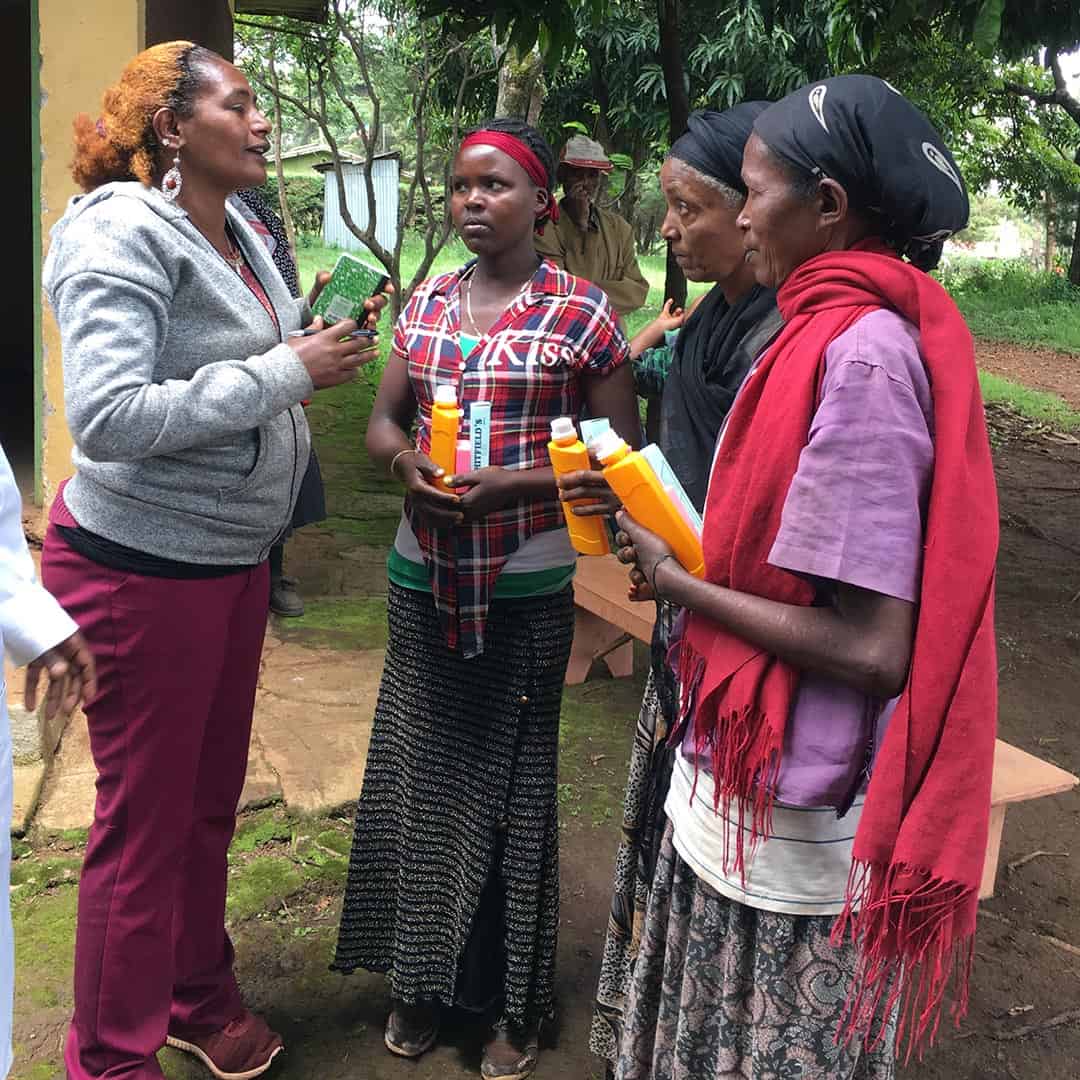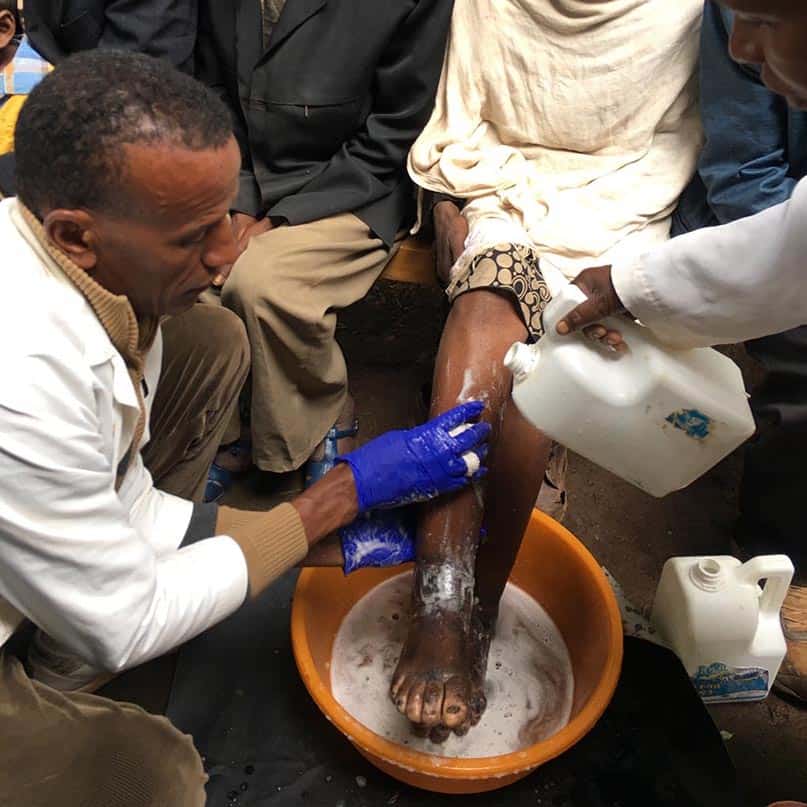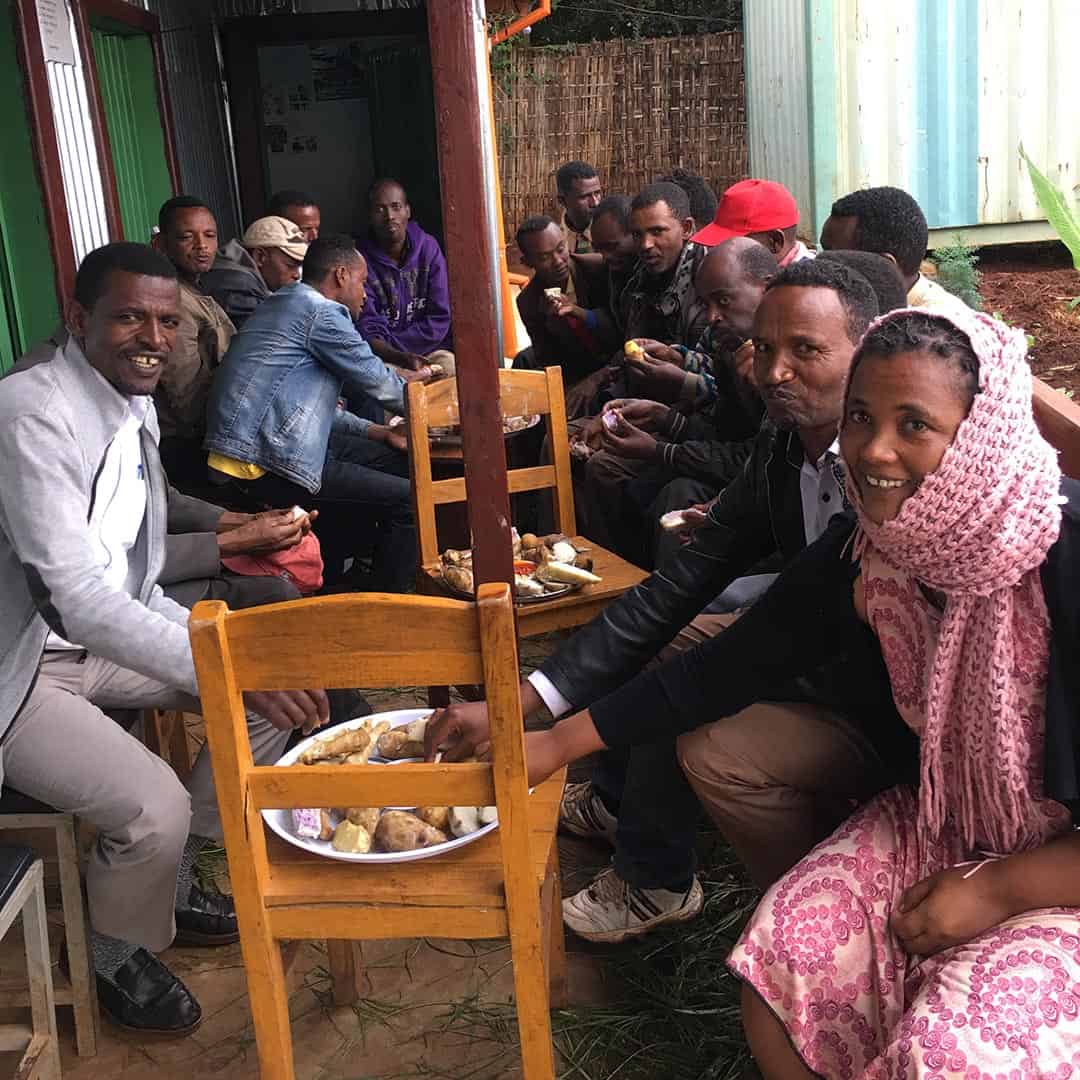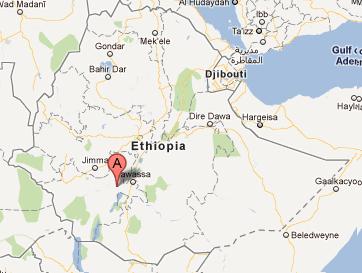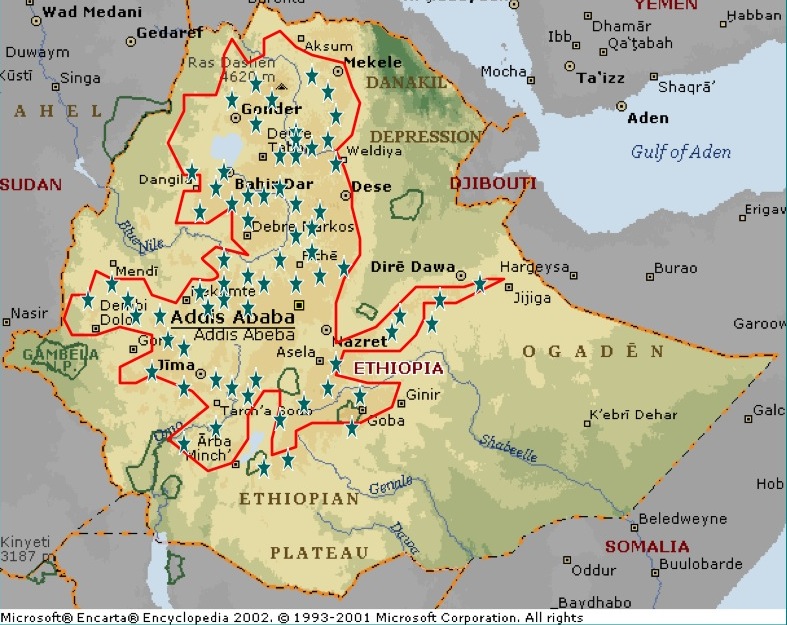Project Overview
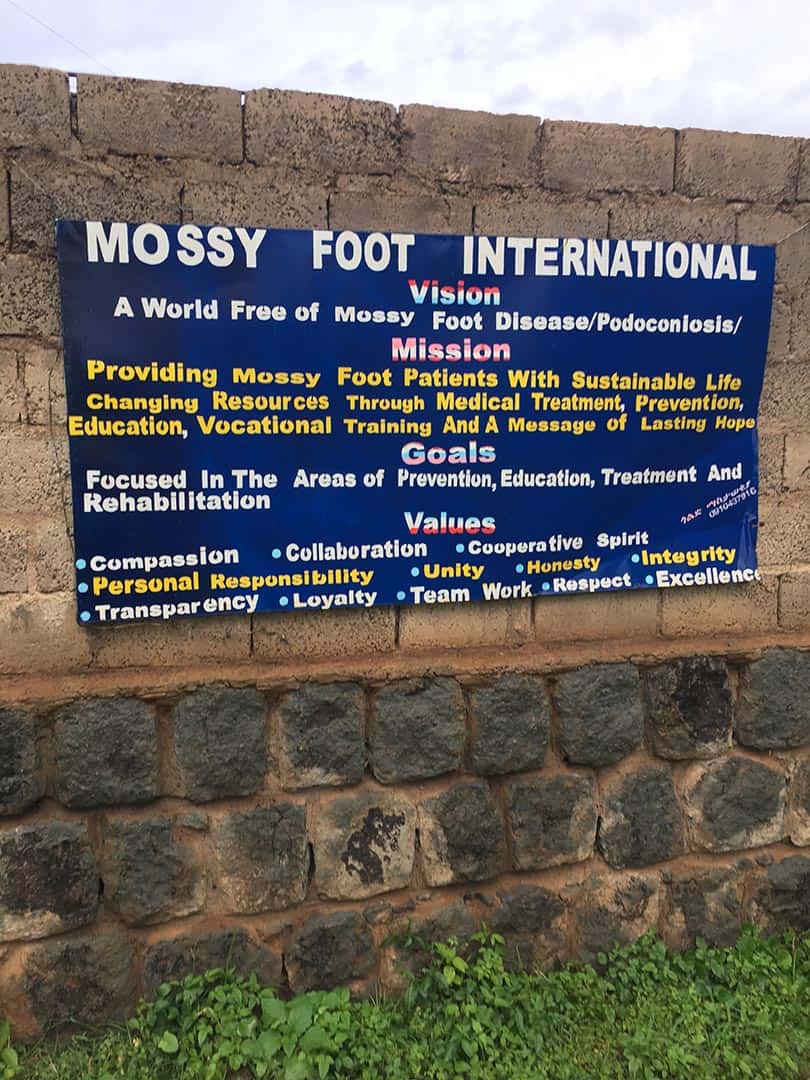
The Mossy Foot Project works on raising the level of awareness about podoconiosis in the Western world and focuses on its prevention, treatment, and eradication among those who are at risk in Ethiopia. Our work is presently centered in the town of Soddo, Wolaitta zone in southern Ethiopia.
We have been a registered NGO in Ethiopia since 2000, chartered with the mission to treat and eradicate podoconiosis, and a licensed 501c(3) organization in the US since 2006.
We provide medical treatment, education, vocational training and both social counseling and emotional support to individuals and their families who are afflicted with podoconiosis.
Mossy Foot Project takes a holistic approach to addressing deporvillage adidas ultra boost women , Icse2014Shops Marketplace , Liberty London x adidas Gazelle Floral Cream this disease by providing care for whole person. Along with sharing physical care and education to reduce symptoms, we also provide vocational training to assist families and establish a means for livelihood, and offer income generating 104 - Air Jordan 4 Laser Black kaufen kannst - Jordan Legacy 312 Storm Blue - AQ4160 opportunities so they can start businesses to support themselves. In addition, we offer social counseling and emotional support.
The Mossy Foot Project has been given a parcel of land to use by the Ethiopian Government for an administrative center. The parcel is located in the north section of Soddo, Ethiopia along a main road which goes to the government hospital.
Staff at the administration center handle finances, personnel matters, planning and reporting. Staff also produce oversize shoes for patients at the clinics. All of the shoemakers are former patients.
Mossy Foot Project’s main work is carried on at 16 clinics, one located in the headquarters and 15 in rural villages. Our rural clinics meet at government health facilities. The furthest clinics are about a two-hour drive and are difficult to access over rocky, dirt roads, requiring sturdy vehicles to be maintained at headquarters.
The Mossy Foot Project
SHARON DALY nike sb dunk low ae86 cream black purple for sale | TEDxAddis
The clinics are a busy place where Mossy Foot Project staff treat and counsel patients, distribute shoes to children of patients, and educate the community about the cause and prevention of mossy foot disease.
Staff at clinics also identify widows in desperate need of safe housing. Mossy Foot Project teams with the community and local churches to build them new houses. In order to develop sustainable food source, widows are also given goats and chickens.
An important part of rehabilitation is vocational training, which enables a former patient to become self supporting and a contributing member of the community. Clinic workers identify candidates to participate in this program. Currently we offer hairdressing, barber training, carpentry, and bicycle repair.
Mossy Foot In Ethiopia
Although podoconiosis is found in many tropical countries in Africa as well as in a few central American countries, Ethiopia is one of the countries most heavily affected. An estimated 3 to 4 million Ethiopians, mostly subsistence farmers, are affected in the highlands.
Podoconiosis has huge social and economic affects on individuals and communities. In 2005, the disease was estimated to cost Wolaitta zone (an area of 1.5 million people) $16 million per year. In areas with irritant soil and subsistence farming, up to 5% of the population may be affected, making it even more common than HIV in these areas.
The map shows areas where podoconiosis has been confirmed in the highlands of Ethiopia. The city of Soddo, within the Wolaitta region and down country from the capital city Addis Ababa, is where Mossy Foot Project is headquartered. The need for treatment of Mossy Foot beyond Soddo is great.
Some facts about Ethiopia (see the CI World Fact Book for more):
- Ethiopia has a population of 94 million people; 44% of these are children under the age of 15.
- There is one doctor for every 40,000 people.
- On the United Nations Human Development index, Ethiopia ranks in the bottom 15 of the poorest countries in the world.
- Less than 40% of the adult population can read and write.
- 85% of people working are involved in agriculture.
All of these factors contribute to the high incidence of mossy foot, and the great need for education and medical care.
